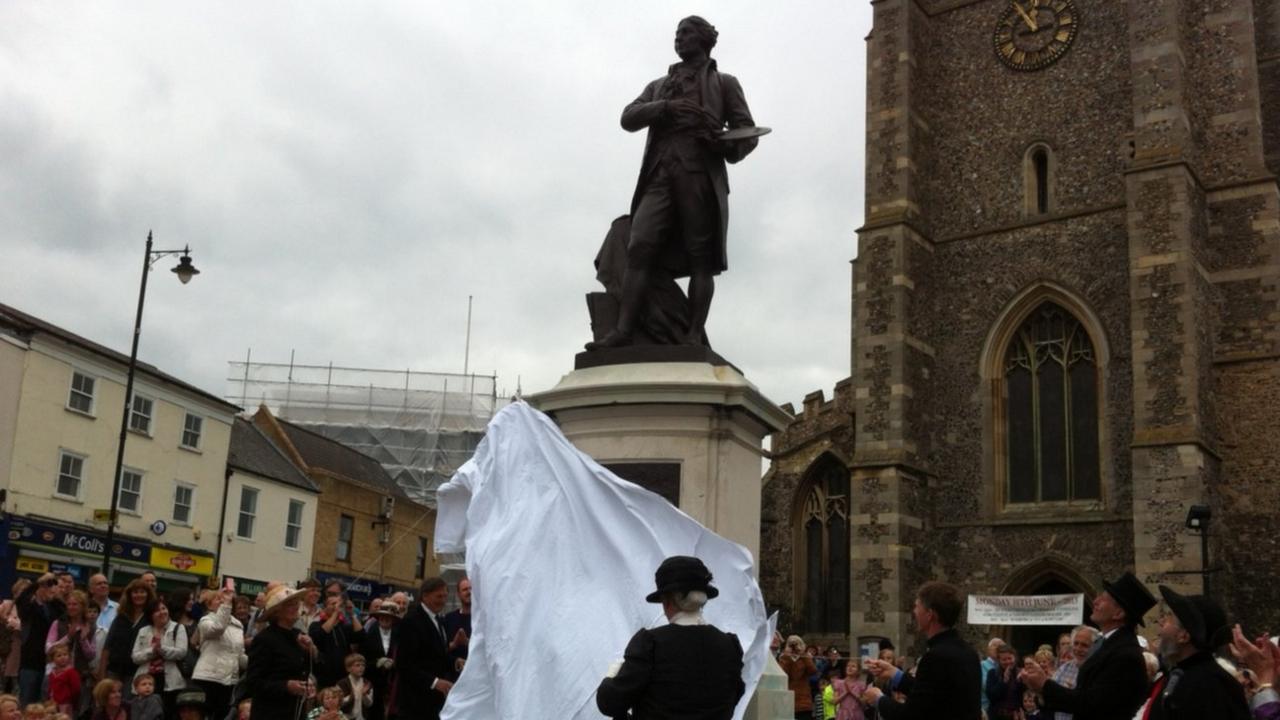Thomas Gainsborough: Sudbury centre opens after £10m rebuild
- Published
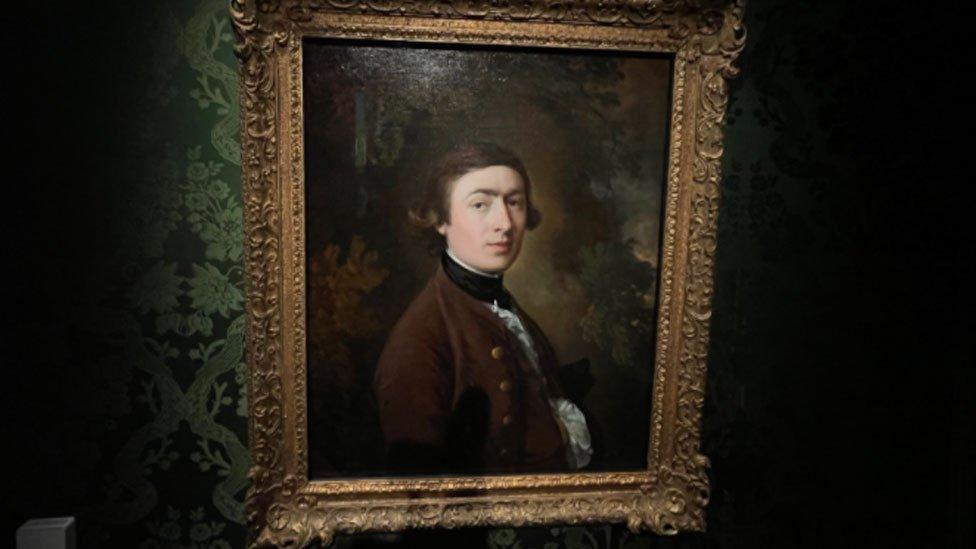
Thomas Gainsborough was born in Sudbury and began his portrait painting career in the town, before becoming equally famous for his landscapes
A painter's studio and a portrait of the first black man to vote in Britain are included in a £10m redevelopment of a museum dedicated to world-renowned artist Thomas Gainsborough.
His Grade I listed childhood home in Sudbury, Suffolk, has been transformed and now includes an extension.
Museum director Mark Bills said the changes made it "a cultural hub in the heart of East Anglia".
Gainsborough's House, external reopens to visitors today.
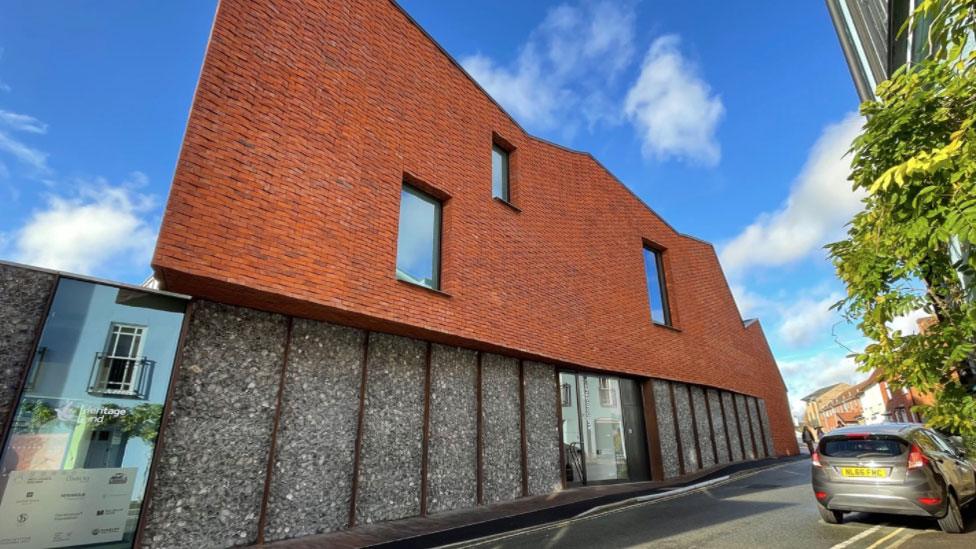
The £10m transformation of Gainsborough's House includes a three-storey extension, using locally-made brick and flint, by architectural firm ZMMA
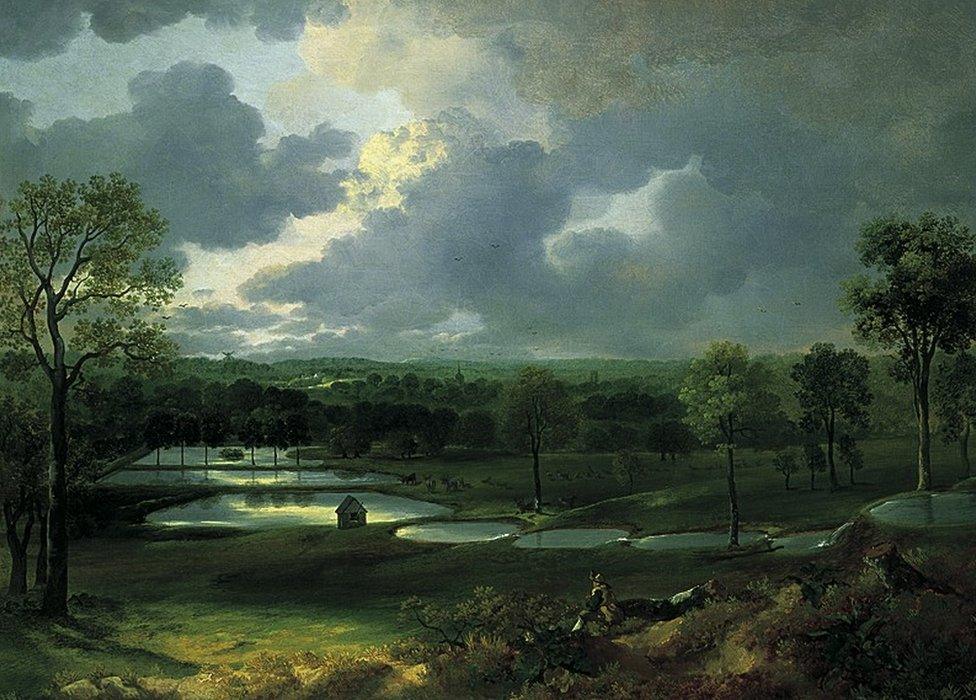
Gainsborough also lived and worked in Ipswich and his 1748-50 painting of Holywells Park is part of the collection at Christchurch Mansion in Suffolk's county town
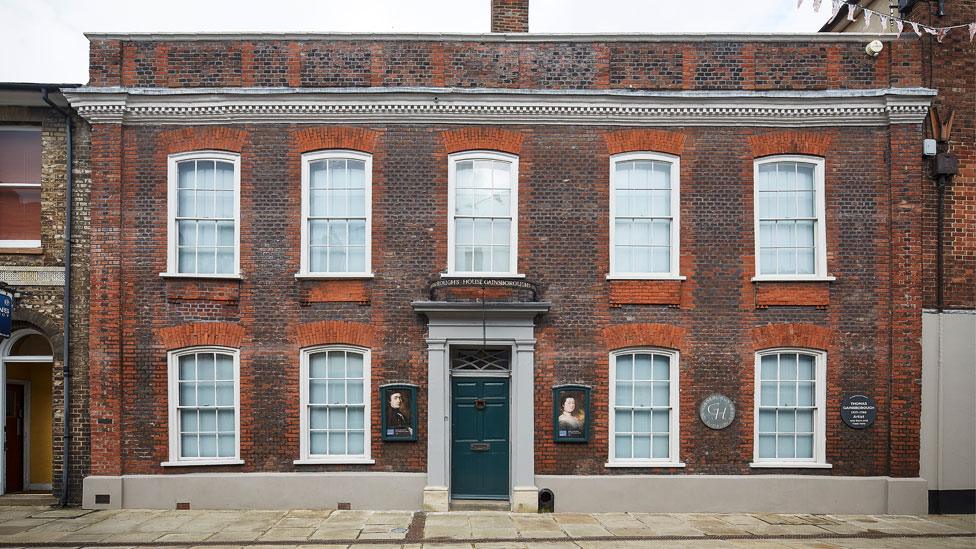
The Sudbury extension contrasts with the older part of the house which dates to about 1520 and had a Georgian facade added by Gainsborough's parents
Mr Bills said the redevelopment, which included four new galleries, had "fundamentally changed this historic site".
Born in 1727, Gainsborough was considered one of the leading painters of the 18th Century. He moved to Ipswich in 1752, and then Bath in 1759, establishing himself as portrait painter, while also producing landscapes.
He was a founding member of the Royal Academy in London and preferred painting landscapes, yet he found fame for his portraits of the Royal Family and other aristocratic or successful 18th Century people.
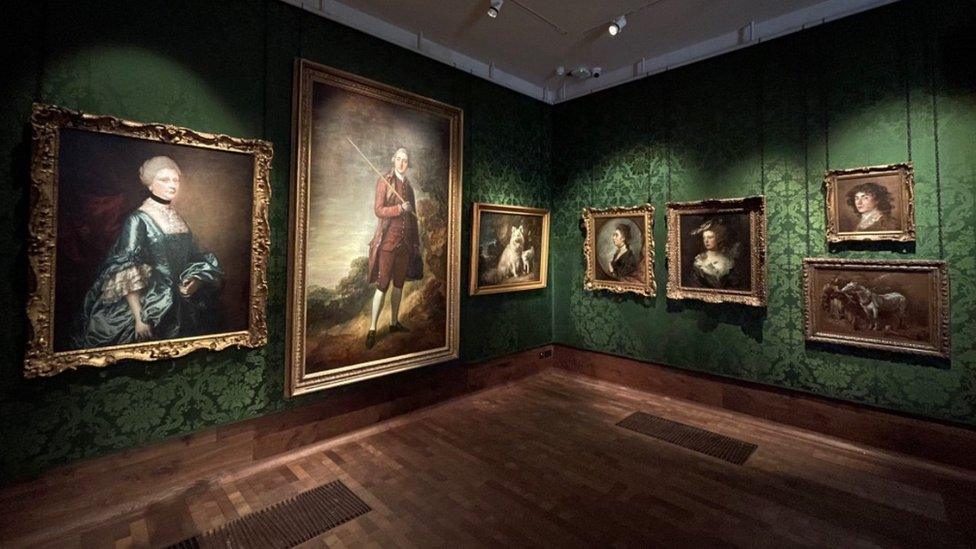
The Gainsborough Gallery, one of four new galleries, is lined in Sudbury silk and showcases 20 of the artist's greatest works

Another new gallery is for temporary exhibitions, the first of which is Painting Flemish Art 1880 to 1914 and has been organised by The Phoebus Foundation, Antwerp
The museum transformation includes the creation of a Gainsborough Gallery, lined with Sudbury silk and bringing together 20 of his portraits and landscapes, some on loan from private and public collections.
An 18th Century painting room and print studio has been recreated, complete with printing press, easel, anatomical plaster casts and north-facing windows, which are particularly important when painting from life.
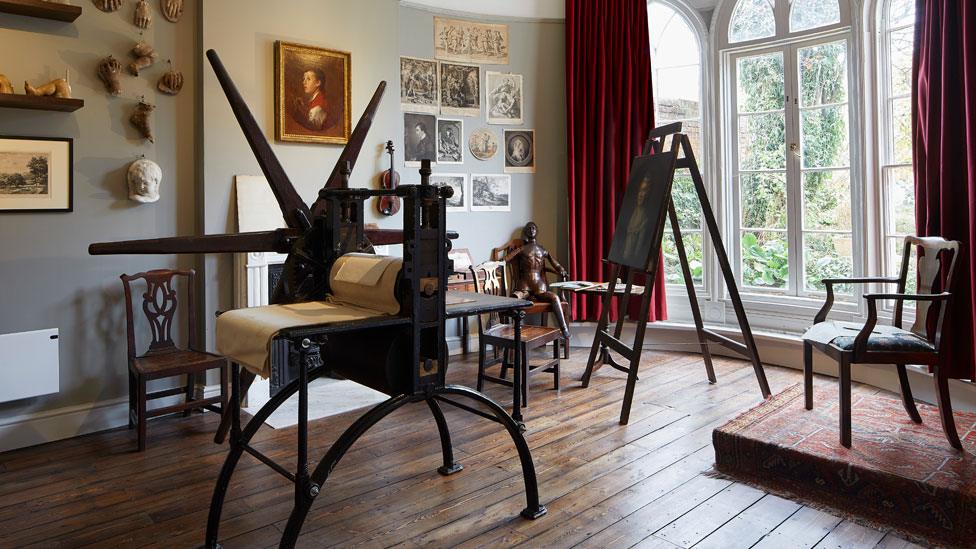
A "Painting Room" and print studio, complete with printing press, easel, anatomical plaster casts and north-facing windows has been recreated in the house-turned-museum

Gainsborough was most famous for his portrait painting, including of Ignatius Sancho, although this is copy of his original work
Other highlights include The Constable Room, where visitors can see the landscapes of John Constable (1776-1837) in the vicinity of "Constable Country" - the area downstream on the River Stour from Sudbury that inspired the artist.
The museum also now has a temporary displays gallery, where a copy of Gainsborough's portrait of Ignatius Sancho (about 1729 -1780), external has been hung.
Sancho was born on a slave ship heading for the Spanish West Indies and would later become the first black man in Britain to vote and the first to receive a press obituary.

His portrait style changed from his earlier days painting Suffolk gentry - such as Mrs Mary Cobbold and Miss Cobbold
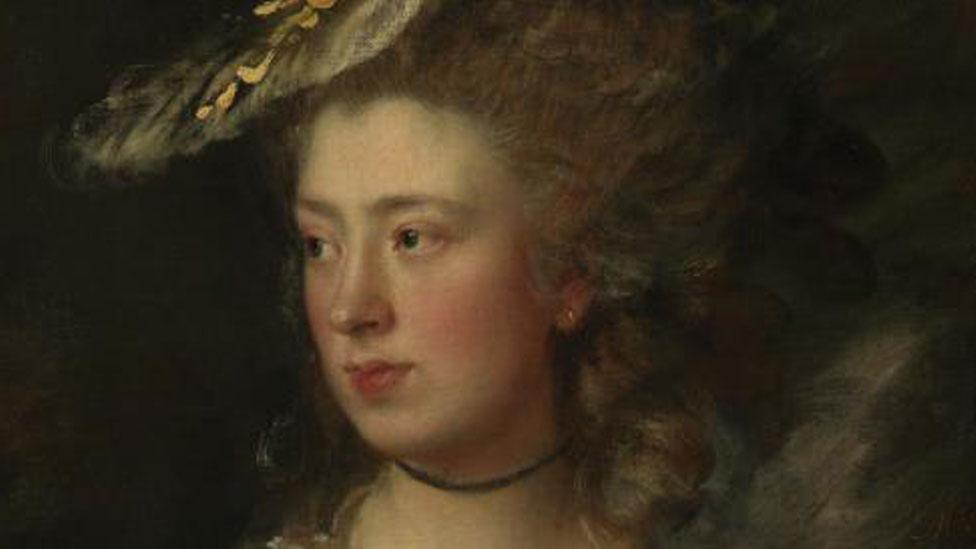
And he frequently painted his own family, including his daughter Mary
The redevelopment was supported by £5m of National Lottery Heritage Fund money.
Its chief executive Eilish McGuinness said she was "delighted" the museum was now able to "tell the full story of one of our most important British artists".
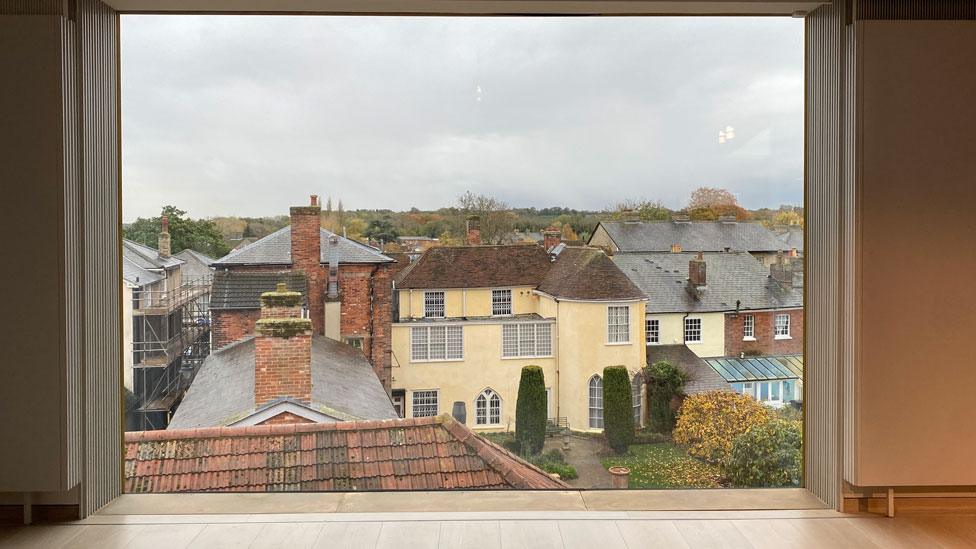
The new galleries have views over Sudbury and beyond

Find BBC News: East of England on Facebook, external, Instagram, external and Twitter, external. If you have a story suggestion email eastofenglandnews@bbc.co.uk, external
- Published25 January 2022
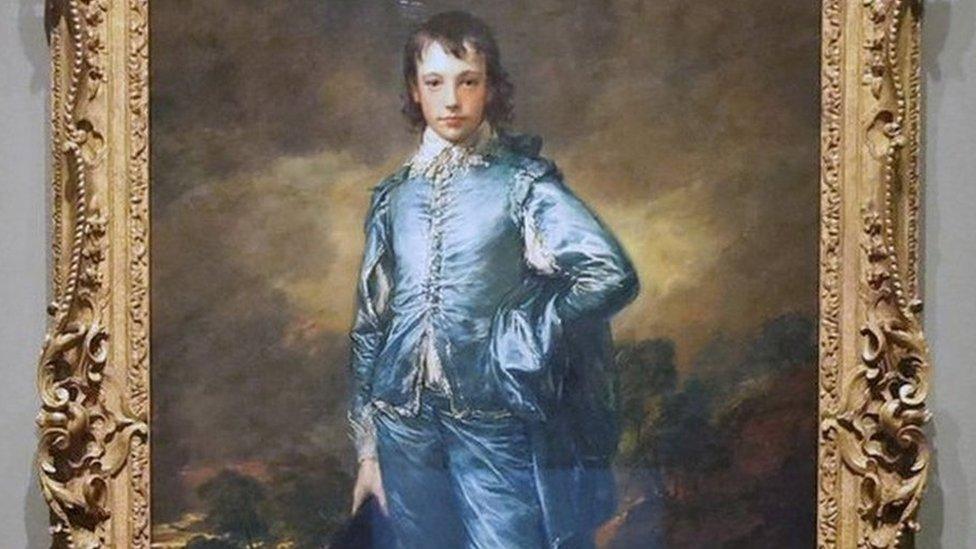
- Published23 December 2019
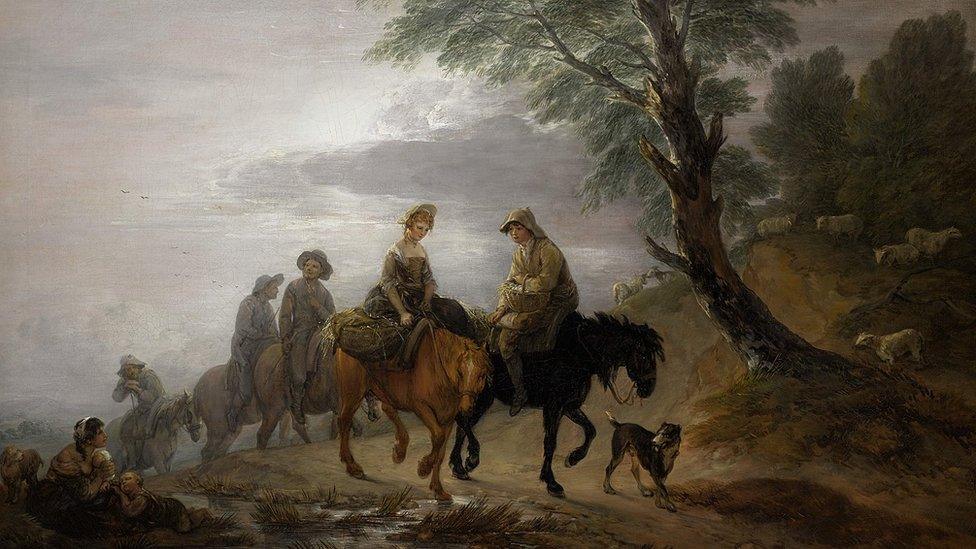
- Published6 July 2018
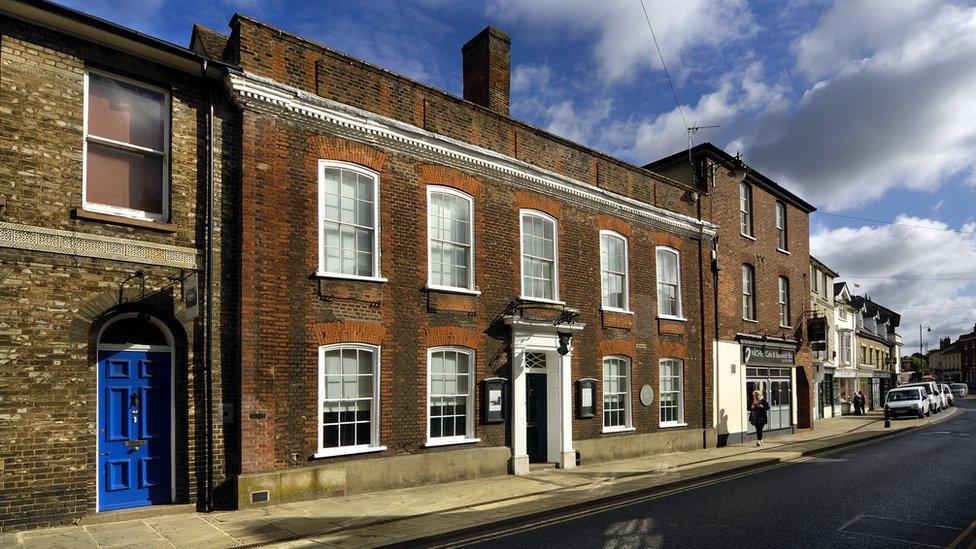
- Published14 April 2018
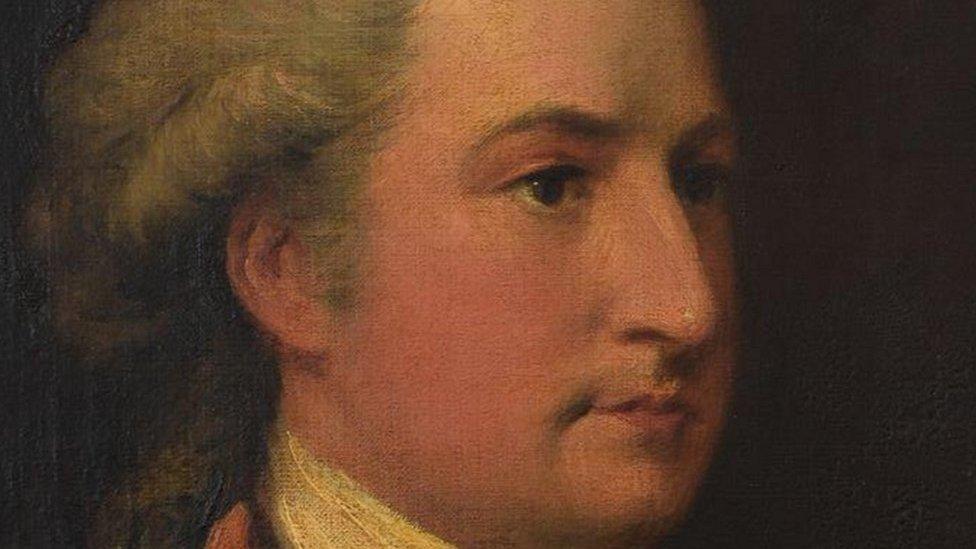
- Published17 November 2017
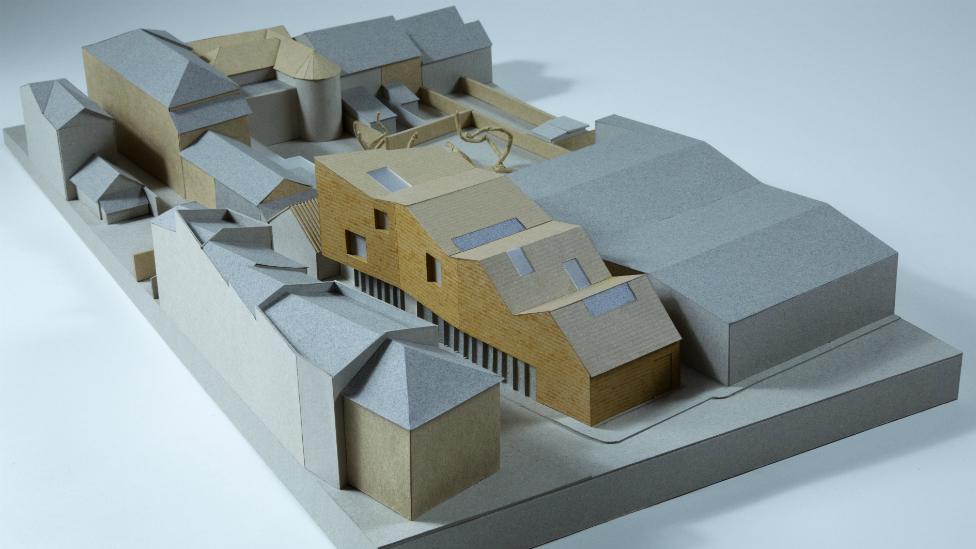
- Published10 June 2013
